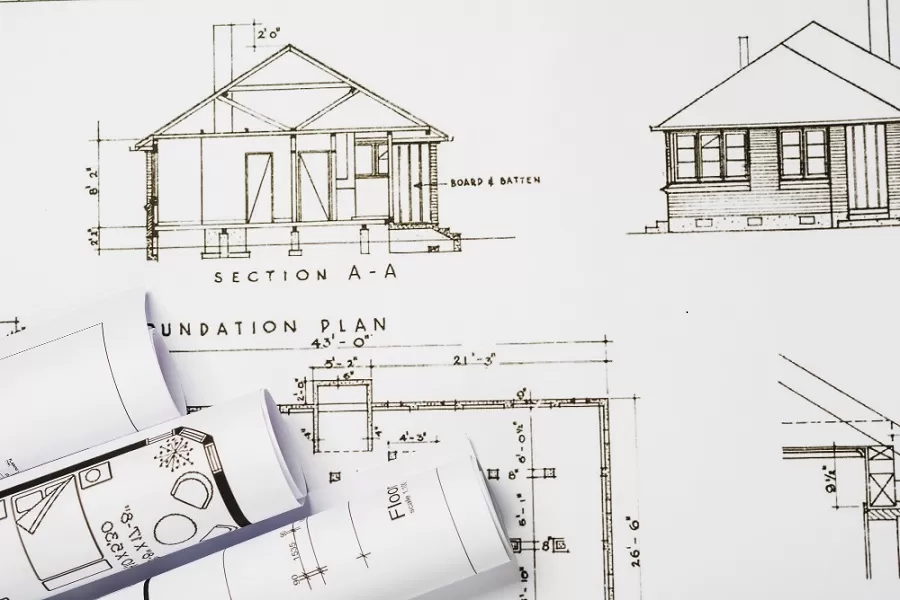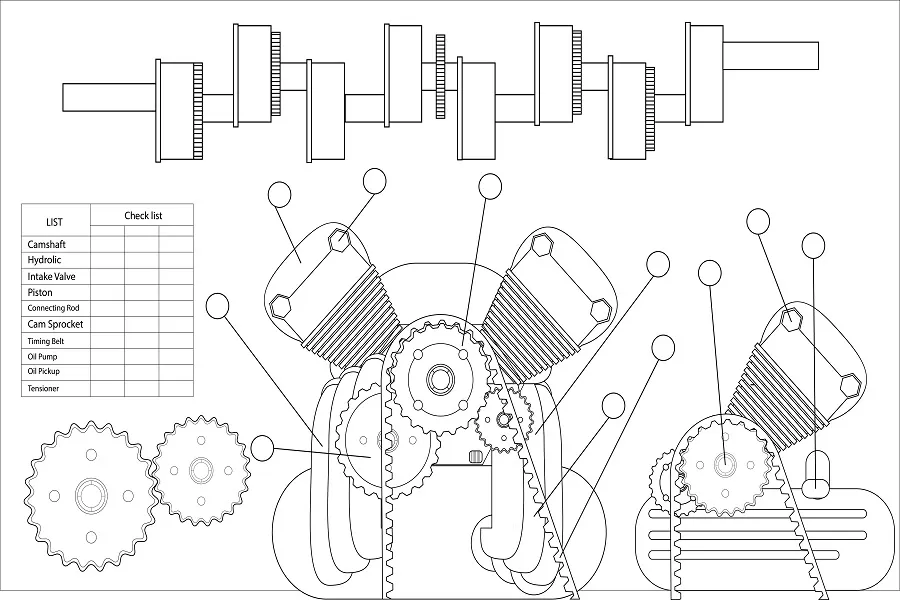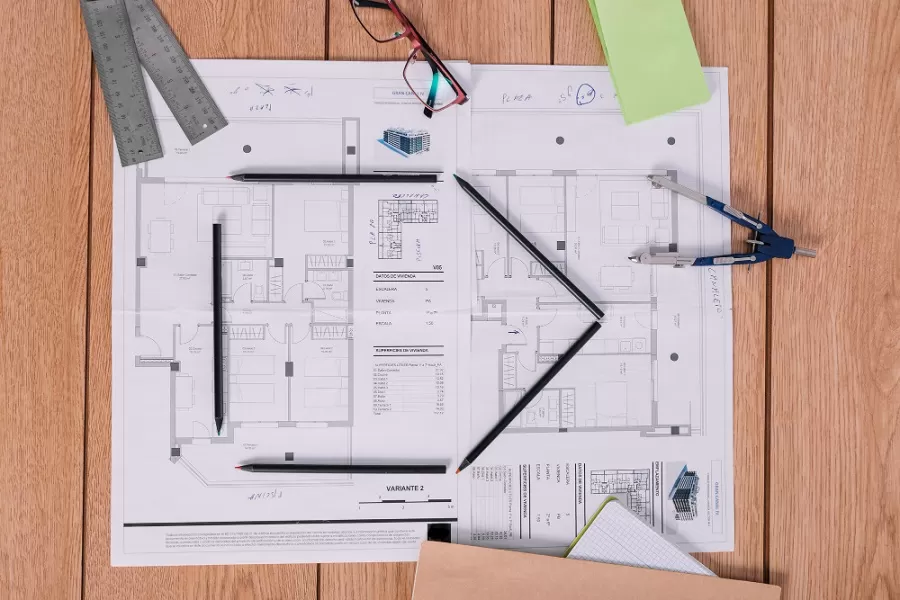Switching to solar energy is a great decision – both for the environment and your wallet. But like any other significant investment, it too requires careful planning. Even the smallest mistake can lead to performance inefficiencies and cost overruns.
Here are some common mistakes that most users make (and you must avoid) when planning your solar panel design and installation.
1. Overlooking Solar Panel Layout Design
Proper solar panel layout is important for efficient energy production. However, one common mistake that people make during solar panel installation is not considering the layout design. This can lead to inefficiencies in capturing sunlight, reducing the overall output.
When designing the solar panel layout, pay special attention to factors like roof orientation, tilt angle, and shading to maximize the amount of sunlight that panels receive.
Pro Tip: Consult a professional solar engineering design services company. They use cutting-edge software and technologies like AutoCAD, Revit, and SolidWorks to create detailed 2D & 3D design layout diagrams for smooth installation and optimal energy generation. that can provide detailed solar panel drawings and plan the layout based on your property’s specifics.
|Also Read Steps to Create the Right Solar Panel Design for Your Residential and Commercial Projects |
2. Not Considering the Structure and Foundation Design
The foundation of your solar panels is important for the system’s durability and safety. It ensures that your panels are securely installed and are optimized for energy generation. Ignoring your solar panel structure design can make your system weak. Without a strong foundation, the structure will not be able to bear the weight of the panels or withstand adverse weather conditions like wind or snow.
Pro Tip: Hire experts to deliver faultless design solutions for solar panels.
3. Ignoring Day Light Shading
Solar panels work best under full sunlight. Even a small amount of shading can significantly reduce their efficiency. That’s why, it is important to strategically position your solar panels to minimize shading and maximize exposure to the sun.
Pro Tip: Before installation, get a proper site survey done by professionals. They can help you assess shading patterns – throughout the day and across different seasons – and design your solar panel accordingly.
4. Incorrect System Sizing
Not sizing your solar PV system properly can lead to significant performance issues. An under-sized system will not meet your energy needs, while an over-sized system will make you spend more money on installation than needed.
Pro Tip: Accurately calculate your household or business energy consumption as well as the number of peak sunlight hours your area receives. This will help you correctly size your system and generate sufficient power without overspending. Work with a professional to create a solar PV system design drawing that accurately reflects your energy needs.
5. DIY Installations Without Proper Knowledge
DIY solar installations might seem like a cost-effective option, but they come with significant risks. Solar panel installation requires a precise design and a deep understanding of electrical systems. Incorrect installations can lead to poor performance, safety hazards, and increased maintenance costs.
Pro Tip: Always hire licensed professionals for the installation. They take into account various factors, including the optimal arrangement of the panels, electrical wiring, inverter placement, and more, to ensure safety, efficiency, and compliance with local regulations.
6. Not Taking into Account Future Expansion
Your energy consumption is bound to increase over time. not planning ahead can make your existing solar panel inefficient, forcing you to redo your entire setup. Consider installing a scalable solar panel design that makes future upgrades straightforward and hassle-free.
7. Neglecting Permits and Regulations
When it comes to solar panel installation, every region has specific regulations. Not paying attention to them can lead to legal hassles and fines. Furthermore, your solar panel installation must adhere to building codes and safety regulations to ensure long-term reliability and efficiency.
Tip: Make sure your contractor handles the necessary permits and follows the local regulations. A professional installation company will ensure that your solar panel installation design meets all compliance requirements.
The Final Words
Switching to solar energy is a wise decision, but you must plan solar panel design and installation carefully to avoid common mistakes. After all, every detail counts. Partnering with professionals who understand solar engineering design services ensures that your system is efficient, safe, and compliant with local regulations.
So, plan your solar installation with the right expertise and enjoy the benefits of clean, renewable energy minus the headaches.





